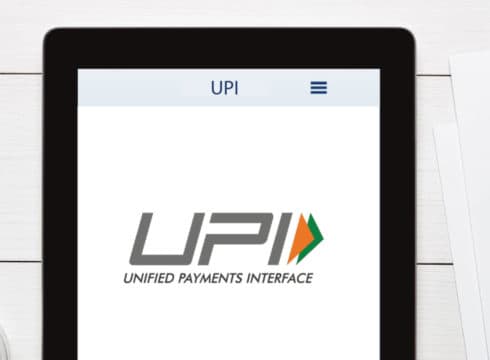The share of UPI to all digital payments in India is falling year-on-year. Why is that?
UPI crossed 1 Bn monthly transactions in October
Are customers using UPI to make small-ticket purchases?
Inc42 Daily Brief
Stay Ahead With Daily News & Analysis on India’s Tech & Startup Economy
With billions of monthly digital transactions on UPI, the growth and adoption of India’s homegrown payments standard has been one of the country’s biggest success stories.
The digital payment method created by the NPCI has rapidly grown in terms of volume and transaction value since it was started in 2016, so much so that even Google is recommending UPI-like payments to the US Federal Reserve Bank.
In 2016, UPI began with 21 partner banks and in August enabled 0.093 Mn transactions worth INR 3.1 Cr. In November 2019, UPI recorded 1.22 Bn transactions worth INR 1,89,229.09 Cr. The growth has been spectacular, at a time when India’s digital payments industry has also grown.
However, a look at the comparative growth of digital payments and UPI shows that in the total digital payments in India, the amount transacted through UPI is falling relative to the overall growth.
To begin with, digital payments in India includes online transactions through real-time gross settlement (RTGS), electronic clearing service (ECS), NEFT, IMPS, NACH, UPI [including Bharat Interface for Money (BHIM) and unstructured supplementary service data (USSD)], Prepaid Payment Instruments (PPIs), credit and debit cards at PoS and online.
Minister of state for finance Anurag Thakur in a written reply in the Lok Sabha on December 9 told that digital payment transactions in India have grown from 9.78 Bn in FY17 to 14.7 Bn in FY18 to 23.38 Bn in FY19.
Further, in terms of value, the digital payments have grown from INR 1121.64 Lakh Cr in FY17 to INR 1370.84 Lakh Cr in FY18 to INR 1638.49 Lakh Cr in FY19.
In comparison, when we see yearly numbers of UPI transactions, the growth has been spectacular as well. From 91.52 Cr transactions in FY18 to 535.34 Cr transactions in FY19, value of UPI transactions has also jumped from INR 1.09 Lakh Cr in FY18 to INR 8.77 Lakh Cr in FY19.
But is UPI actually as big factor in digital payments growth as reports have made it out to be? Not completely true.
If we examine the share of UPI in digital payments, the share of number of transactions has increased from 6.2% in FY18 to 22.89% in FY19. But at the same time, the share of UPI in the value of digital payments has seen a marginal fall.
We noticed that in FY18, the share of value of UPI transactions was 0.8% of the total value of digital payments for the year. But in FY19, the share of value of UPI transactions was 0.5% of the total value of digital payments for the year.
While in percentage terms, it looks like a small decline, but when we are comparing this to the large value of these transactions, it is a considerable Y-o-Y fall.
While it is safe to assume that this fall in value might be because of smaller ticket transactions today, UPI is also used at larger convenience stores and for larger online purchases such as ticketing and more.
A Paytm Payments Bank spokesperson highlighted a similar sentiment and told Inc42, “As our consumers grow more comfortable with UPI, they are using it even more frequently for everyday use cases, which is driving the average transaction size down. We are witnessing improved holistic usage of UPI by customers.”
“It is driven by use-cases like low ticket size mobile recharge, top-ups, payments to hawkers, local tea shops, etc., and all these are contributing to this trend,” the spokesperson added.
But if we analyse the average transaction size on a Y-o-Y basis, the result negates even this view. In FY18, we noted that the average transaction value was INR 1199.73 but in FY19 this average transaction value was INR 1638.
NPCI, which manages UPI, and other leading UPI and digital payments players in the country such as Google Pay, and PhonePe did not respond to Inc42’s detailed queries on this trend. Further, Razorpay decline to comment. The story will be updated as and when the companies respond.
A report by the Boston Consulting Group recently showed that UPI will dominate the payments space with 59% payments transactions by 2024-25. This would be followed by mobile and internet-based payments, which will constitute a fifth of the total number of cash and non-cash transactions.
So clearly, while UPI has given a massive boost to the digital payments ecosystem, it looks like the standard has just become a cash replacement for users. That may not be such a bad thing, but the challenge for UPI is to increase the ticket size for transactions. Developments such as UPI-based IPO and other investments could change this in 2020. And in a way, this could be a year that defines UPI’s identity.
{{#name}}{{name}}{{/name}}{{^name}}-{{/name}}
{{#description}}{{description}}...{{/description}}{{^description}}-{{/description}}
Note: We at Inc42 take our ethics very seriously. More information about it can be found here.


